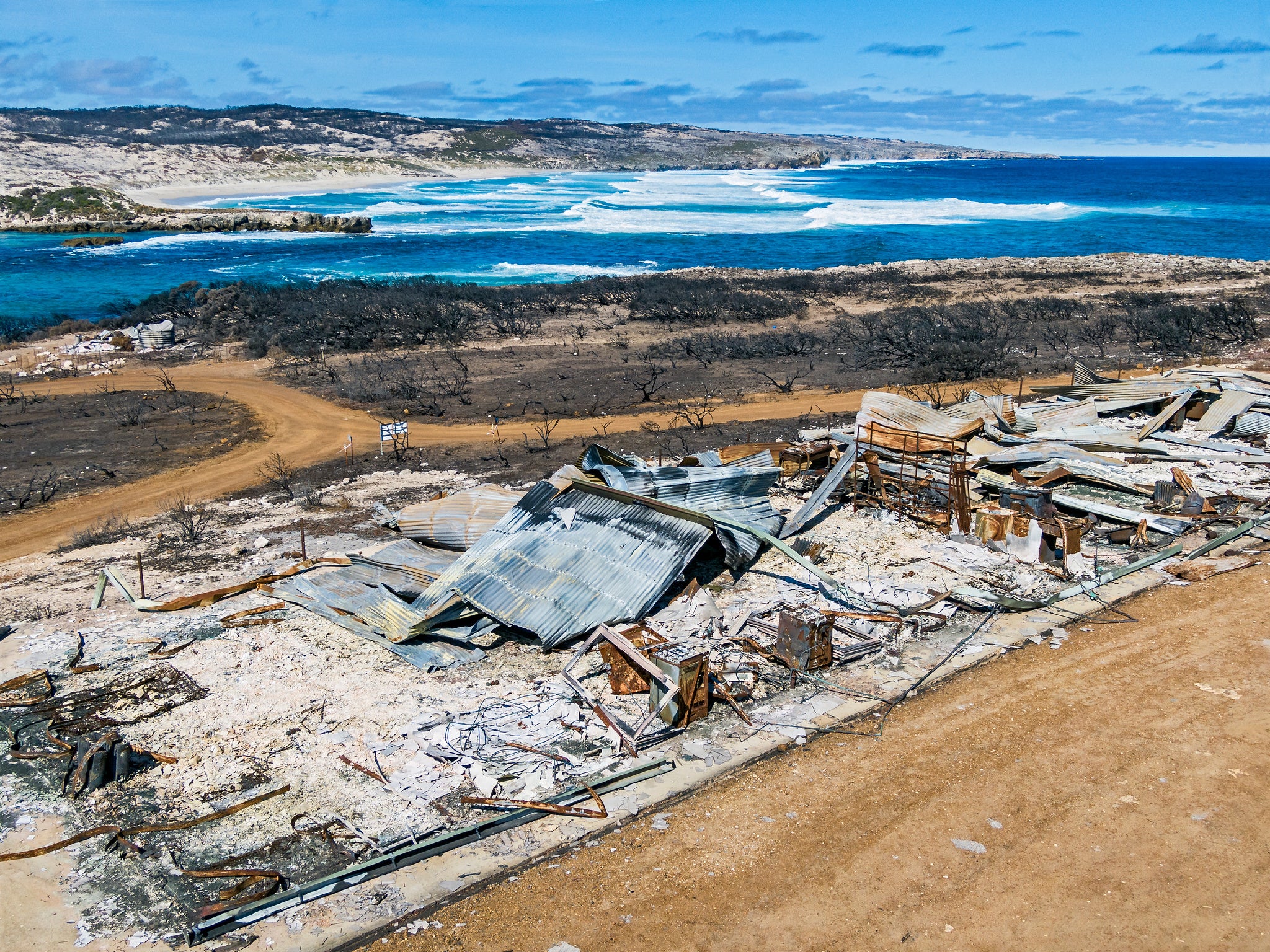It’s odd how so many Australian birds look prettier than they sound. It’s my first evening on Kangaroo Island and raucous shrieks and squawks are accompanying my seaside stroll in the sleepy village of American River. Though the calls are anything but musical, the birds that are making them – rainbow-bright lorikeets and silver-and-candyfloss galahs – are as beautiful as the stately gum trees growing along the shore, their sculptural, twisted trunks all weathered and worn by salt, sand and time.
Similarly unmelodic are the black cockatoos flapping over the treetops on slow, deliberate wingbeats that seem barely sufficient to keep them aloft. I smile when an Australian magpie chimes in as if showing the others how to do it. For me, these birds’ gentle warbling is the definitive sound of Down Under.
But bird calls of any kind are not to be taken for granted on Kangaroo Island (KI). In 2020 – just before the world shut down for Covid – this Australian outpost to the south of Adelaide was one of the worst-hit spots in the terrible Black Summer bushfires. This eastern part of the island (including American River) was spared, but a different fate played out elsewhere. Sparked by lightning, the fires engulfed 70 per cent of KI, devastating its western end and annihilating the wildlife.

I hear more about it next morning on a visit to eco-luxurious Southern Ocean Lodge, which burned to the ground but was rebuilt from scratch, reopening just this February.
“For almost a year afterwards, we heard no birdsong at all,” I’m told by general manager, Alison Hird. “Australians are used to bushfires but we’d never seen anything like this.” She goes on to explain how hot, dry weather, strong winds and a huge “fuel load” of forest tinder created a worst case scenario fire whose intensity was sufficient to blister concrete and melt glass.
The all-new, linear, low-slung lodge is stunning. From its clifftop lounge, we admire the unblemished coastline stretching out below; but with rooms costing around £1,700 per night, it’s beyond my budget. Mine is a flying visit. As I drive along the unmade road that leads back to the highway, I note how four years of regeneration have seen the forest reach a uniform height, with bright green, fresh-looking…
Click Here to Read the Full Original Article at The Independent Travel…
